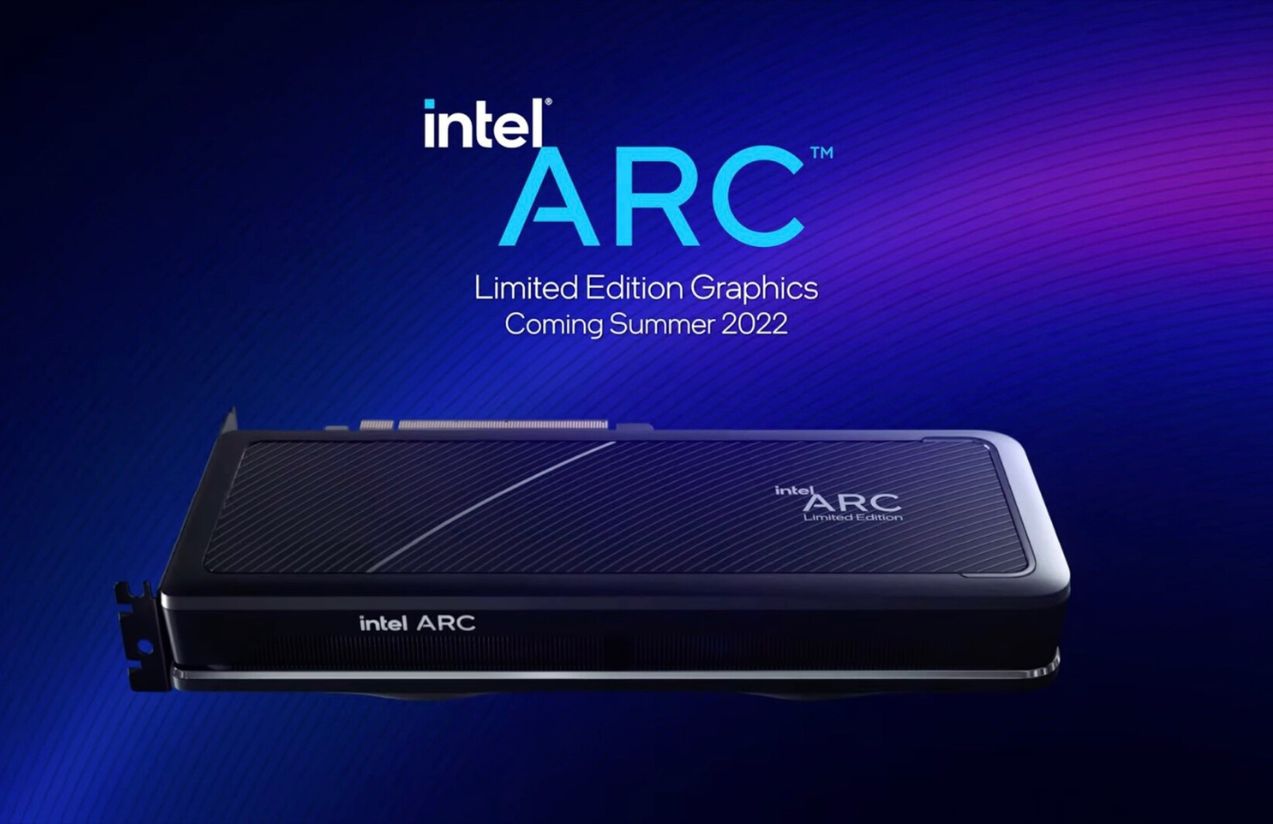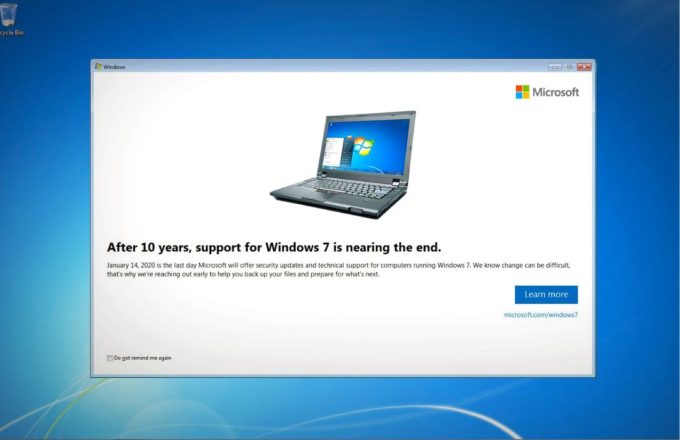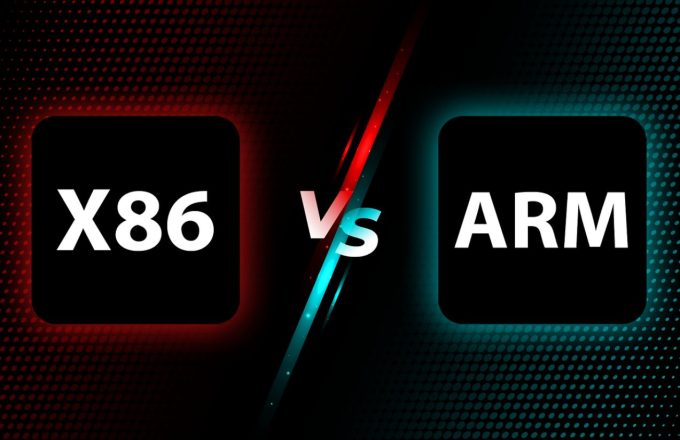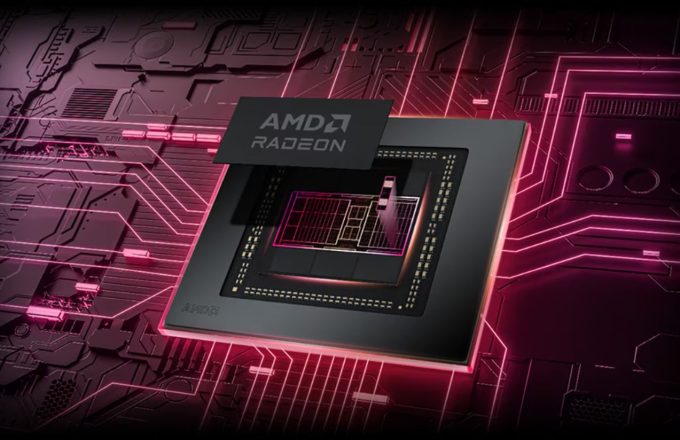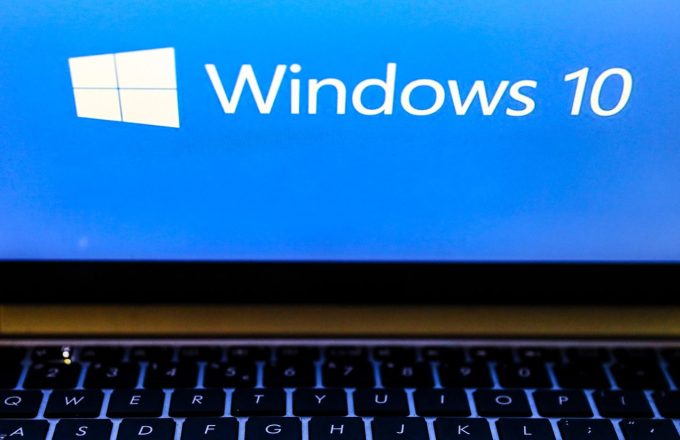The departure of Pat Gelsinger as Intel’s CEO last December sparked numerous speculations about the company’s future, including rumors of the possible sale of some divisions, particularly the less profitable ones.
The first major move under the leadership of Lip-Bu Tan, who took over as CEO on March 18, has directly impacted the graphics card division—a sector where Intel still has a long way to go to compete with NVIDIA and AMD.
Unlike its first generation, the launch of the Intel Arc B580 at the end of December was met with enthusiasm from both the specialized press and users. Priced at just over 300 euros, this GPU offers performance comparable to NVIDIA’s RTX 4060 and quickly sold out its initial stock.
Shortly after its release, shipping manifests and Intel driver updates revealed the existence of a high-end model with up to 24 GB of VRAM, aimed at workstation users and enthusiasts. It is possible that Intel was encouraged by the success of the B580 or had already planned this development in advance.
However, the latest news regarding this project is not promising. According to well-known X (Twitter) leaker Jaykihn, Intel has decided to focus its efforts on the low-end segment and completely abandon the mid-range and upper mid-range models. His report states that this project was canceled in the third quarter of 2024.
This suggests that the shipping manifests likely referred to test versions of a variant that never made it to production. The canceled model would have featured the BMG-G31 GPU, between 24 and 32 Xe2 cores, and between 16 and 24 GB of GDDR6 VRAM.
Does this mean that Intel will not release any mid-range GPUs with Battlemage architecture? Unlike NVIDIA and AMD, which usually launch their most powerful models first, Intel has followed a different strategy. With its first generation of graphics cards based on the Alchemist architecture, it debuted with the Arc A380, a basic model with 4 GB of VRAM, and only in the following quarter did it release the Arc A770 in 8 GB and 16 GB VRAM versions.
With Lip-Bu Tan’s arrival, Intel may continue this strategy or could simply be paving the way for the Celestial architecture. According to the same leaker, there are no updates yet regarding Intel’s next-generation GPUs, Celestial Xe3, which will be used in Panther Lake CPUs. However, it is still too early to discuss the impact of this new architecture on dedicated graphics cards, as Battlemage has only been on the market for a few months.


